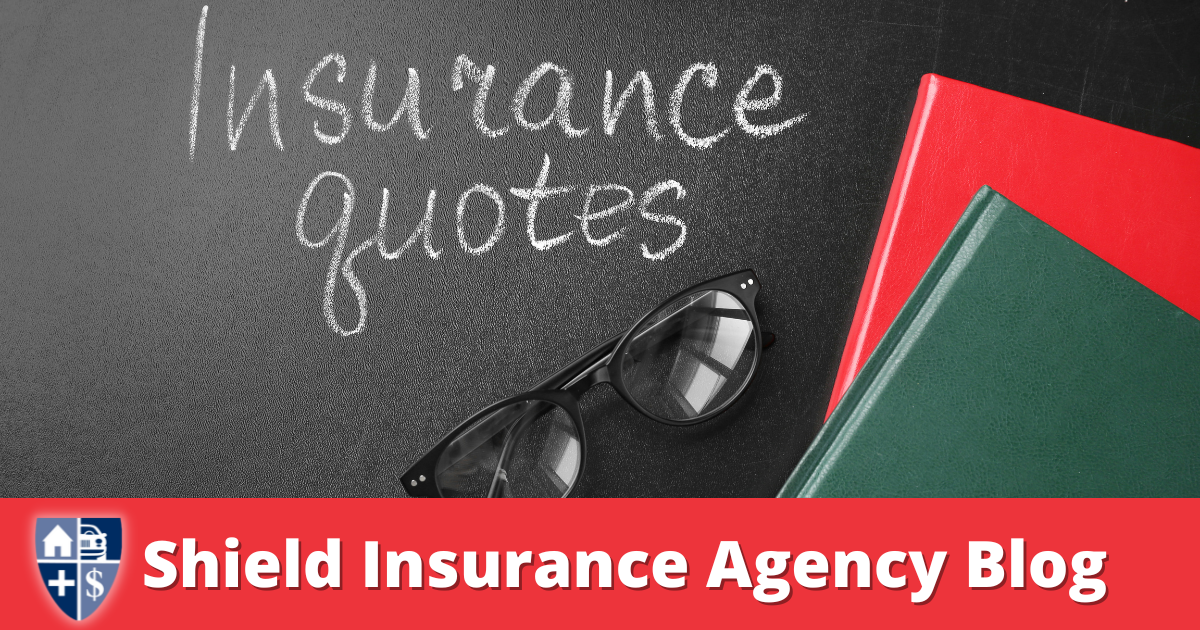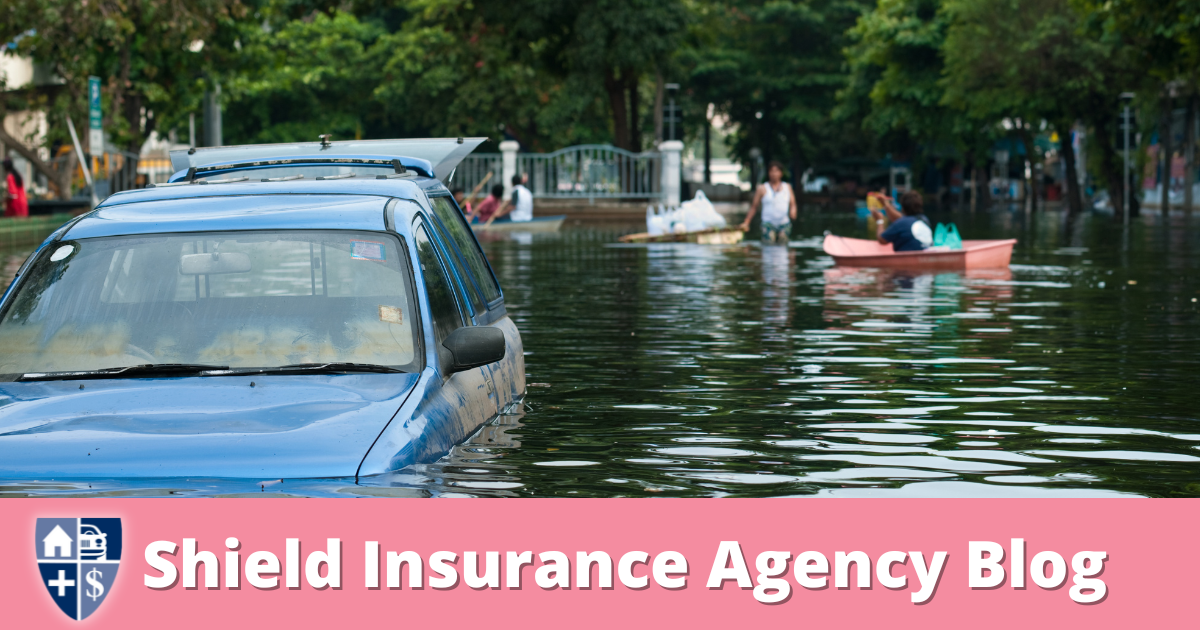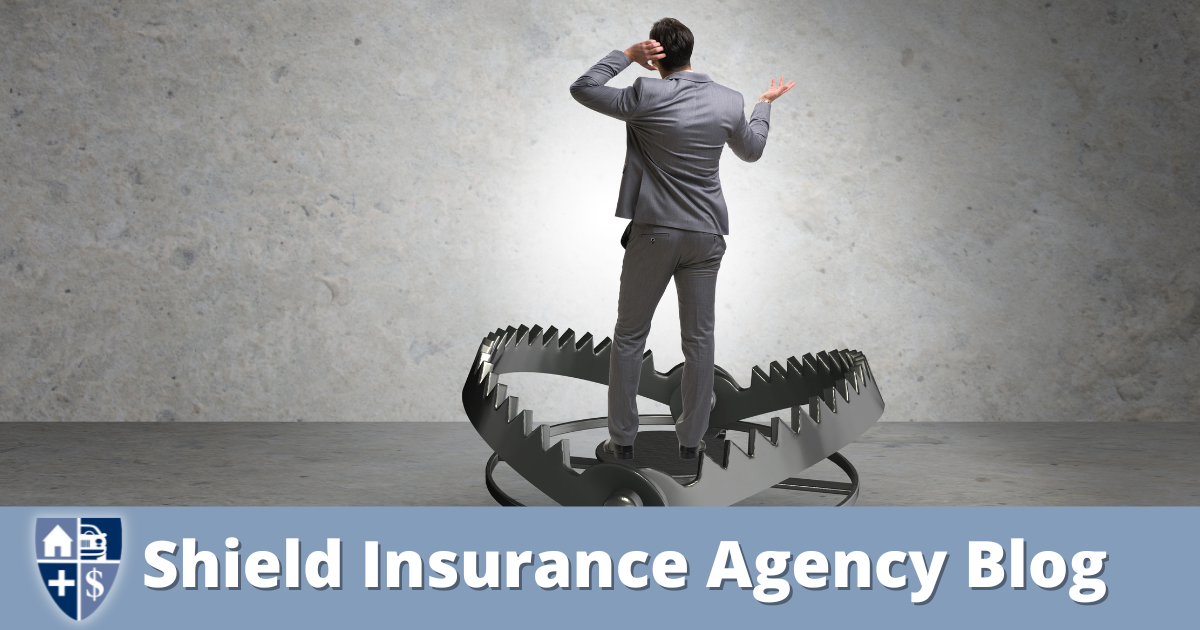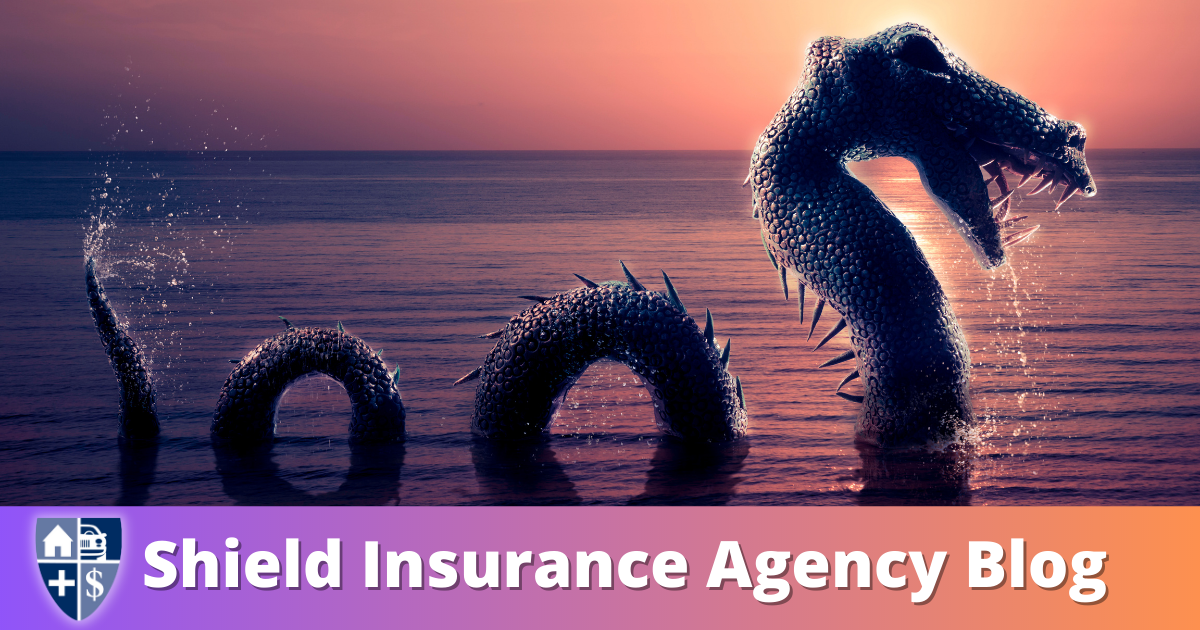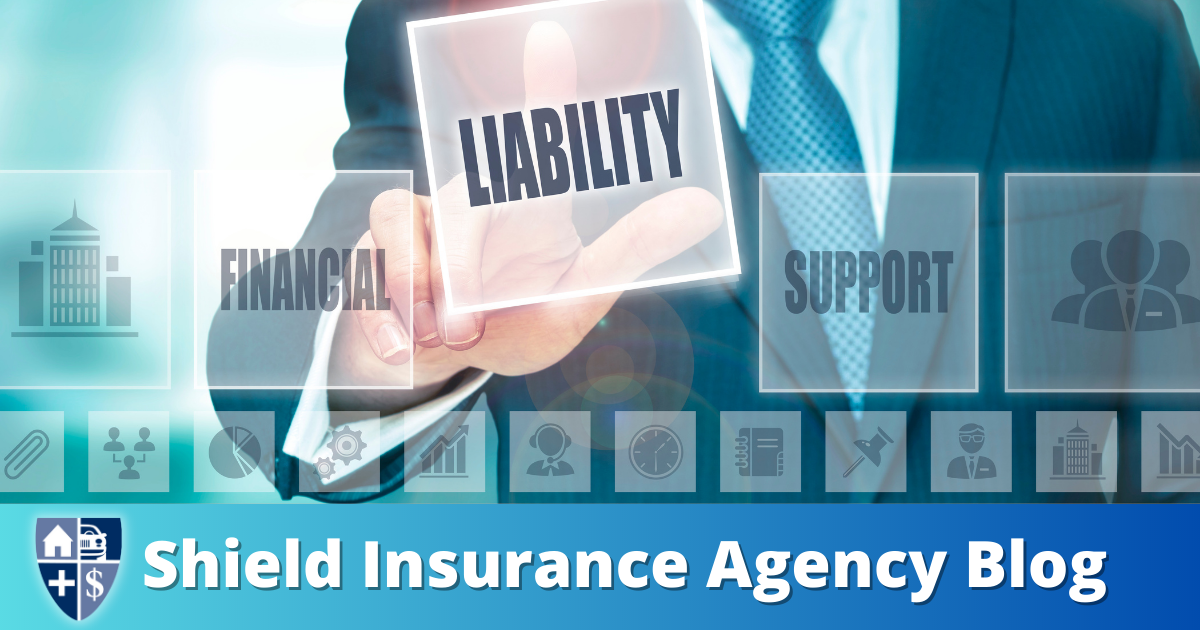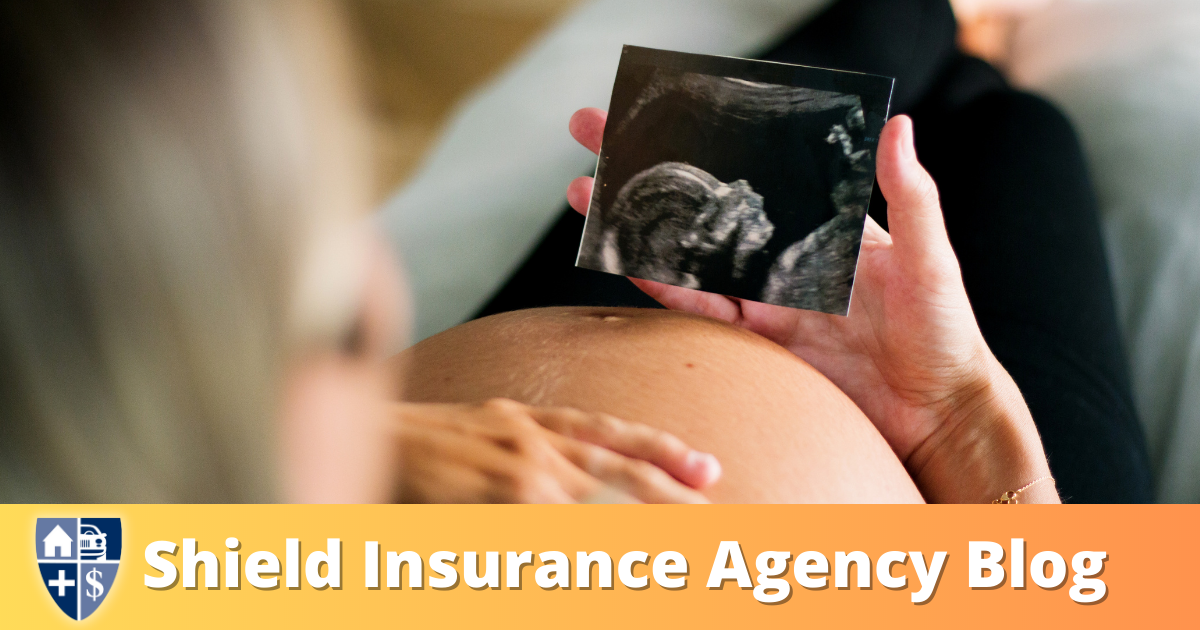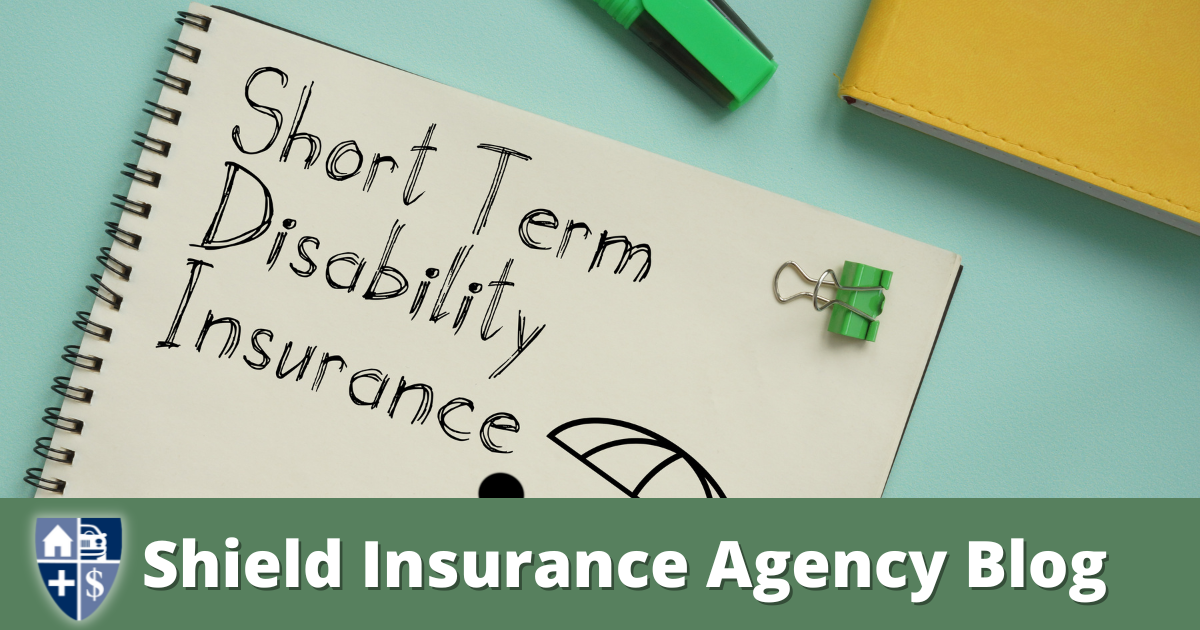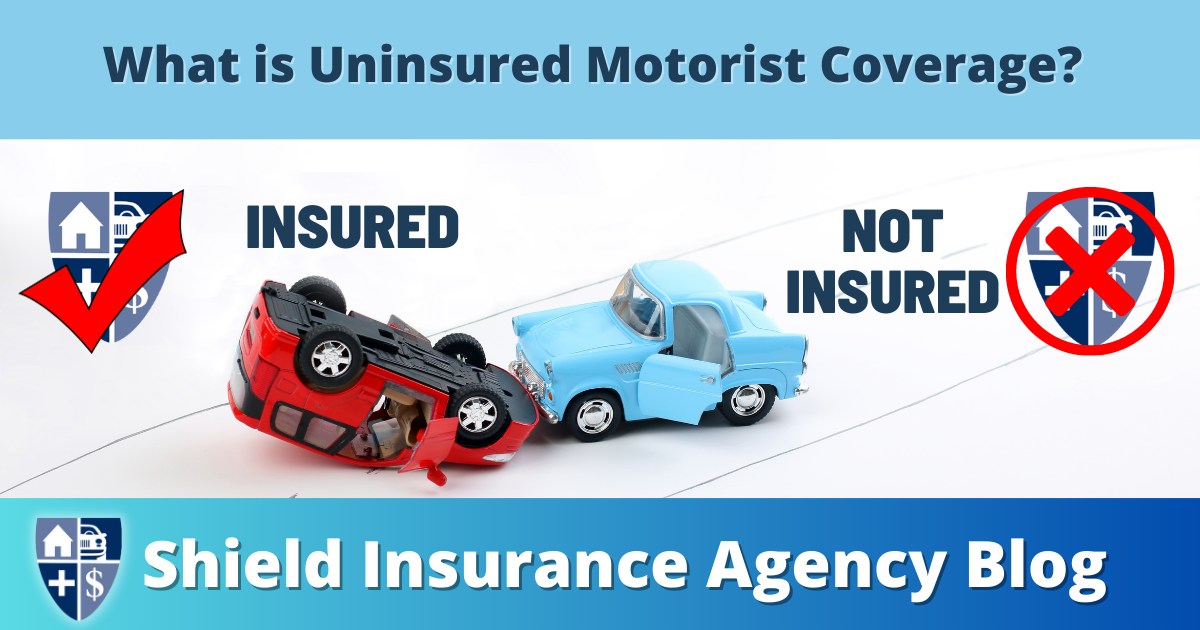
Uninsured Motorist Coverage: The Ultimate Guide to Peace of Mind on the Road
Shield Insurance Blog | Uninsured Motorist Coverage | Start A Quote Today!
Driving on the road can be a thrilling experience, but it also comes with its fair share of risks. One of the biggest concerns for any driver is the possibility of getting into an accident with an uninsured motorist. In such situations, having uninsured motorist coverage can provide you with the peace of mind you need. In this ultimate guide, we will explore what uninsured motorist coverage is, why it is important, and how it can protect you in case of an accident.
What is Uninsured Motorist Coverage?
Uninsured motorist coverage is an insurance policy that protects you if you are involved in an accident with a driver who does not have insurance or has insufficient coverage. It is an optional coverage that you can add to your existing auto insurance policy. In the event of an accident, uninsured motorist coverage will help cover your medical expenses, lost wages, and other damages caused by the uninsured driver.
Why is it Important?
1. Protection against Uninsured Drivers: According to the Insurance Research Council, approximately one in eight drivers in the United States is uninsured. If you are involved in an accident with an uninsured driver, you may be left to cover the expenses out of your own pocket. Uninsured motorist coverage ensures that you are protected in such situations.
2. Medical Expenses Coverage: In the unfortunate event of an accident, medical expenses can quickly add up. Uninsured motorist coverage can help cover the cost of medical treatment, including hospital bills, surgeries, and rehabilitation. This coverage can be a lifesaver, especially if you do not have health insurance or have high deductibles.
3. Lost Wages Coverage: If you are injured in an accident and unable to work, uninsured motorist coverage can provide compensation for your lost wages. This can help alleviate the financial burden caused by the accident and allow you to focus on your recovery without worrying about your income.
4. Property Damage Coverage: Uninsured motorist coverage not only protects you against bodily injuries but also covers damages to your vehicle. If the uninsured driver is at fault for the accident, this coverage can help pay for the repairs or replacement of your vehicle.
How Does Uninsured Motorist Coverage Work?
Uninsured motorist coverage can vary depending on your insurance provider and the state you live in. However, there are a few key components that are common across most policies:
1. Bodily Injury Coverage: This component of uninsured motorist coverage helps cover medical expenses, lost wages, and pain and suffering caused by the accident. It typically has a per-person and per-accident limit, which determines the maximum amount the insurance company will pay.
2. Property Damage Coverage: This component covers the cost of repairing or replacing your vehicle if it is damaged in an accident with an uninsured driver. Like bodily injury coverage, it also has a limit that determines the maximum amount the insurance company will pay.
3. Hit-and-Run Coverage: Some uninsured motorist policies also include coverage for hit-and-run accidents. If you are involved in a hit-and-run and the responsible driver cannot be identified, this coverage can help cover your medical expenses and property damage.
4. Underinsured Motorist Coverage: In addition to uninsured motorist coverage, some policies also include underinsured motorist coverage. This coverage comes into play when the at-fault driver has insurance, but their coverage is insufficient to fully compensate you for your damages. Underinsured motorist coverage helps bridge the gap between the at-fault driver’s coverage and your actual damages.
How to Obtain this Coverage
To obtain uninsured motorist coverage, you need to contact your insurance provider and add it to your existing auto insurance policy. The cost of uninsured motorist coverage can vary depending on factors such as your driving record, the state you live in, and the coverage limits you choose. It is important to review your policy and understand the coverage limits and exclusions before making a decision.
Uninsured motorist coverage is a crucial component of any auto insurance policy. It provides you with the peace of mind you need on the road, knowing that you are protected in case of an accident with an uninsured driver. From covering medical expenses to compensating for lost wages and property damage, uninsured motorist coverage offers comprehensive protection. Don’t wait until it’s too late – add uninsured motorist coverage to your policy today and drive with confidence knowing that you are prepared for any situation that may arise on the road.
Shield Insurance Agency represents over 40 insurance companies. Contact Shield Insurance Agency at (616) 896-4600 for a free quote today or start the quoting process by visiting this LINK and an agent will be in touch soon.




